The 2025 Met Gala Theme Tells A Story of Dignity, Faith and the Black Experience
The connection between your parents' Sunday Best and the legacy of black tailored style.
Way before anyone was worried about preachers in sneakers, dressing in your Sunday Best meant putting on your best clothes and making your way to church.
While the “Sunday Best” aesthetic isn’t something worn only by black church-goers, it has strong ties to African-American culture dating back to the 18th and 19th century. It’s also connected to the 2025 Met Gala theme — Superfine: Tailoring Black Style.
I remember the first time I realised that not everyone dressed up to go to church.
It was a Sunday morning and I was wearing one of those poofy dresses (you know the itchy ones with loads of layers of tuile underneath?). My mum had dressed my brother in smart trousers, a crisp, ironed-shirt and smart shoes. We looked blessed.
As always, my mum was wearing a matching satin dress and bolero combo with church appropriate heels. The purse matched the outfit. The outfit matched the earrings. The earrings matched the necklace. My Dad was wearing a suit. Always a suit.
As uncomfortable as it was to be stuffed into formal wear every Sunday, we were second generation british-ghanaians and this was our church uniform. I had grown up seeing people in formal wear every Sunday at our predominantly black church, but we were on our way to a new church this week.
We walked into the high school where the church was meeting to witness a sea of people of all races wearing jeans and casual t-shirts. There were kids running around in fairy wings and colourful tutus… at church… on Sunday?
I was sure we were in the wrong place.
Looking over at my brother, I could see faint lines of steam coming from his ears watching other kids play football after church in trainers. They didn’t have to worry about getting grass-stains on their good church trousers. Aside from the fact that this particular dress was insanely itchy, I liked dressing up on Sundays because I felt like a princess.
We ended up staying at that church and my brother and I were eventually allowed to start wearing casual clothes just like everyone else. My parents, however, continued to wear their best to church on Sundays.
In fact, my parents wore their best to church on Sundays, to the airport and even to Tesco’s (I think they found it harder to dress down than to dress up).
Though they occasionally struggled to understand the casual dress code, when it came to formal wear my parents could out-dress anyone without breaking a sweat.
Dressing “well” or “dressing up” was always about more than vanity, it was a symbol of dignity, pride and self-love.
During African-American Enslavement in the US, some enslaved people were given Sunday’s off to go to church. On Sundays, churchgoers wore their finest clothing, as an act of reverence to God, wanting to wear their “best” to worship.
These clothes were often hand-me-downs from the families they were owned by, or garments that they made themselves. Dressing well on Sundays gave enslaved people the opportunity to reclaim a sense of dignity that had been robbed of them.
The clothes they worked in during the rest of the week were nothing to be admired, covering bodies that had been mutilated through the undeserved violence committed towards them.
Fashion gave them the opportunity to create a new narrative about themselves, one that could go a small way in restoring their own sense of dignity and worth.
In the early 18th century, while slavery was still legal in the south, a new movement was burgeoning amongst free black men in the north of the United States. Activists, writers and poets and regular people began emulating the style of European Dandies.
Black Dandyism was the secularised expression of a similar phenomenon happening in the newly forming African-American church. As Monica L. Miller (guest curator of this year’s Met Gala) writes in her book Slaves to Fashion,
"The church outfit and the dandy suit come from the same impulse—to elevate the self through dress in a society that tries to strip you of humanity."
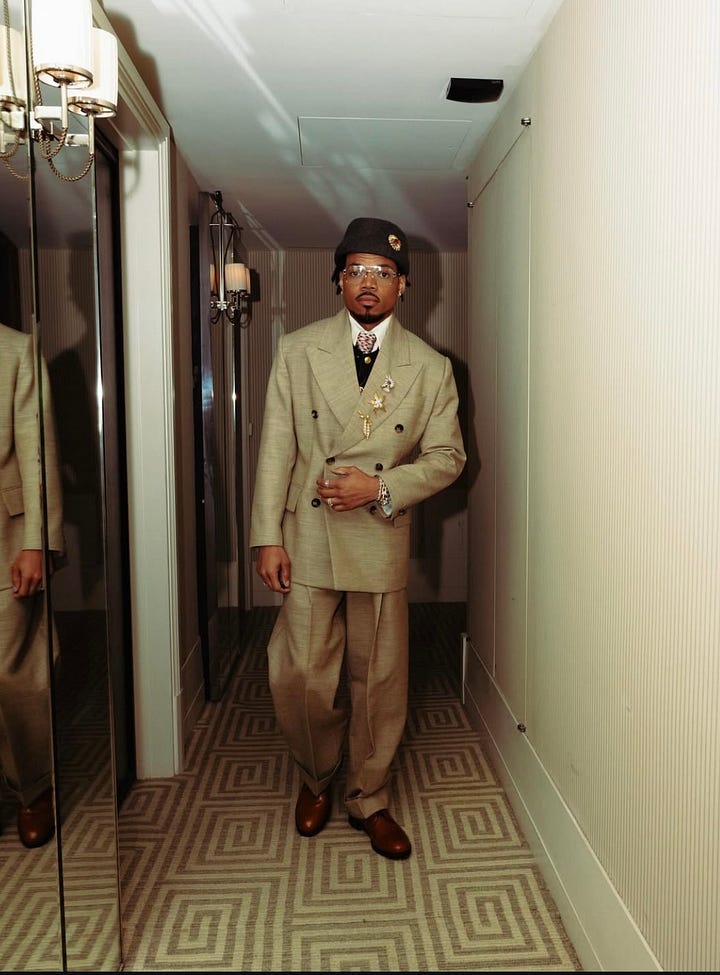
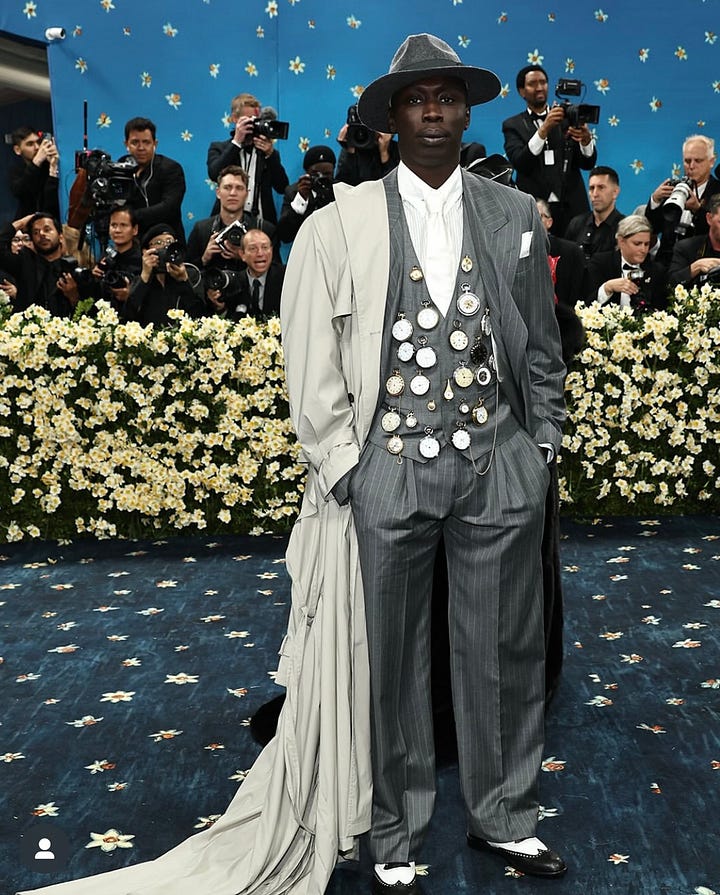
The adoption of Dandyism wasn’t just a vanity game. By wearing classic tailoring and formal wear often worn by white upper classes, African-American’s subverted ideas of racial hierarchy and supremacy, restoring a sense of identity and dignity to a people whose bodies had for so long been seen as undesirable.
Whilst Black Dandyism was on the rise in the US, Congolese Dandyism, particularly La Sape culture, was growing in Africa. Congolese men adopted fine tailoring styles in bold colours to challenge the enforced racial superiority of their colonial oppressors.
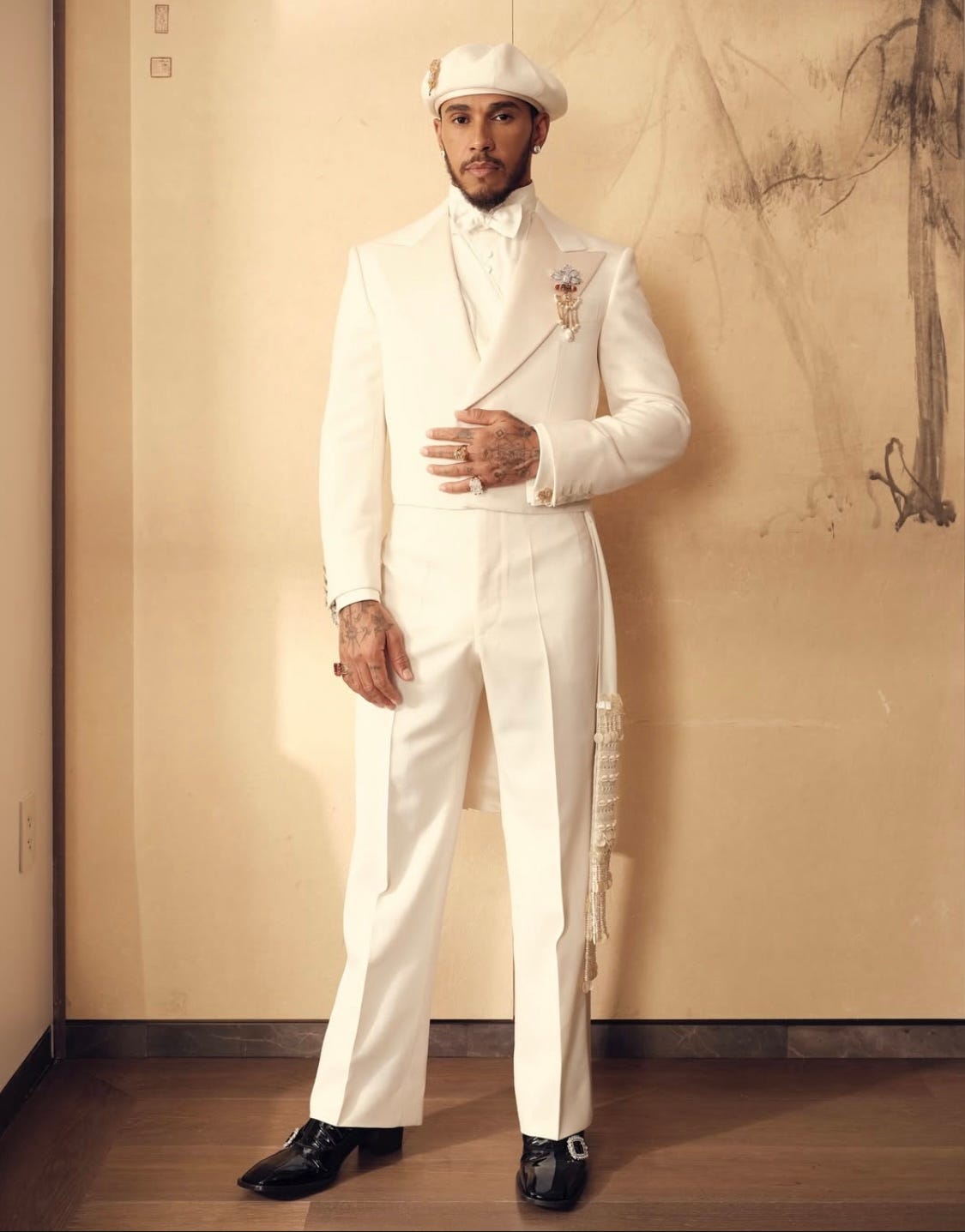
The dandyism movement in the US and beyond was a force of resistance against segregation, re-establishing pride and dignity amongst people who it had been taken from. Black dandyism was a way to love and to celebrate black bodies — by dressing them well.
That’s why this year’s Met Gala Theme was so iconic; it’s a long overdue celebration of the contribution of black style to modern fashion, and yet another example of how black people have used their oppression as fuel for culture-shifting creativity.
Pioneers of modern Black Dandyism, like Dapper Dan and Ozwald Boateng, have emulated the pioneering spirit of dandies before them in the tailoring and streetwear industries, having both reshaped the course of luxury fashion.
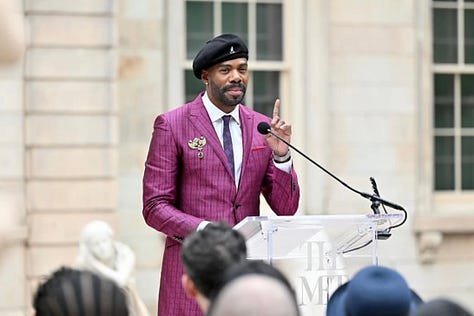
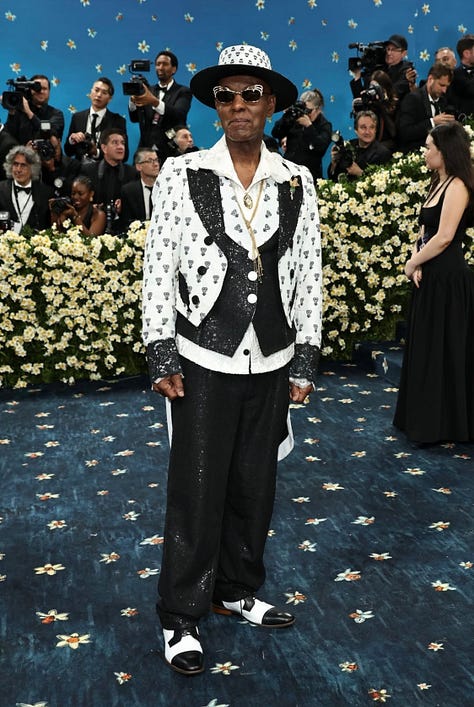
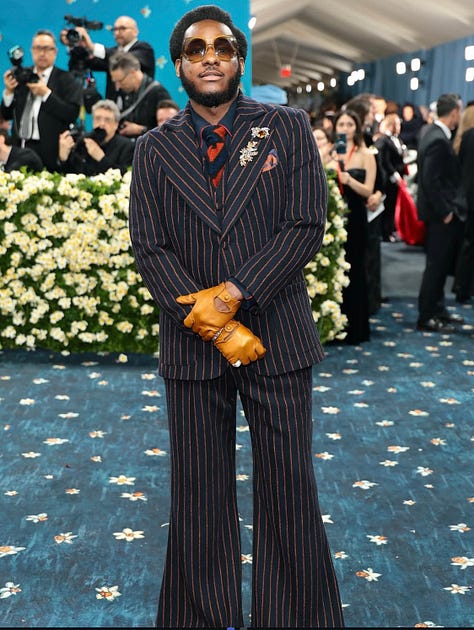
Brands like Labrum London, Nicholas Daley and Frère keep the essence black tailoring alive. While style icons like A$AP Rocky, Jidenna, Coleman Domingo, Andre Leon Talley and others pay homage to the black dandy aesthetic beyond a red carpet moment.
As we’ve said before, fashion is more than just style, it's an expression of values. In the case of Black Dandyism, fashion is an expression of the inherent value of all people.
In the age-old tradition of wearing your Sunday Best to church, we can see a physical, political and spiritual interplay; we used fashion to reclaim our dignity and offered our ‘best’ appearances back to God as a form of worship. (I can hear my mum saying, “If I would wear my best to a wedding, why wouldn’t I wear it to church?” as I helped her put on her pearl bracelet).
The Sunday Best aesthetic isn’t gone, it’s different. Pride in style has made its way back to the pews through streetwear culture and with it comes a wave of faith-based clothing, placing an even more overt emphasis on style as a form of worship.
Wearing your best on Mondays, Sundays and any day in-between is a reminder that fashion is more than just what we put on our bodies; it’s a declaration of what we believe about ourselves and about the world around us. This year’s Met Gala Theme was a reminder that black bodies are beautiful and dignified, of inherent worth and value.



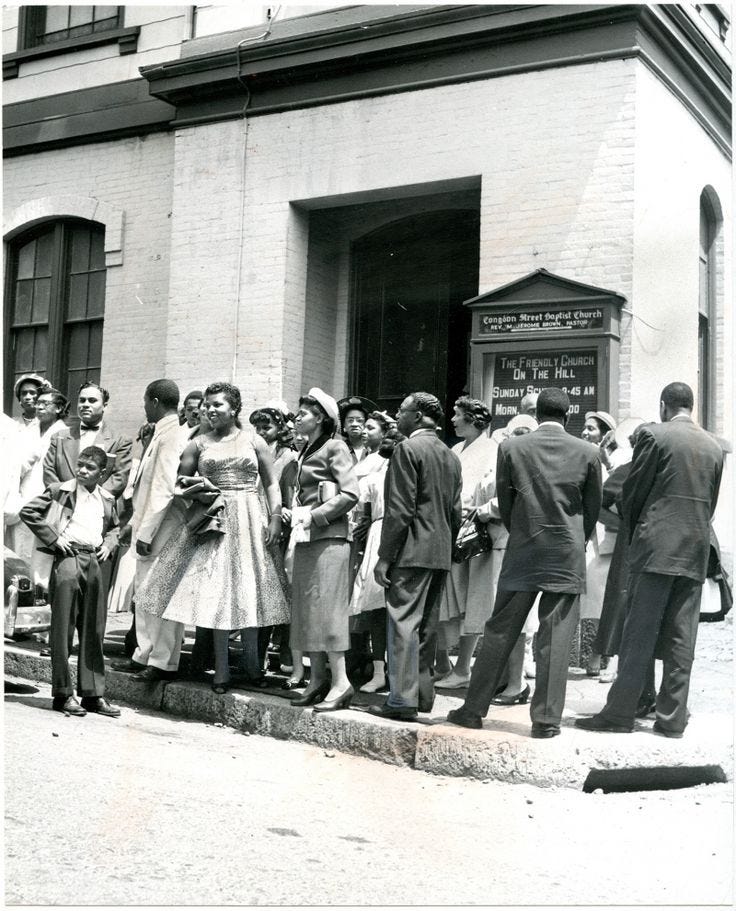
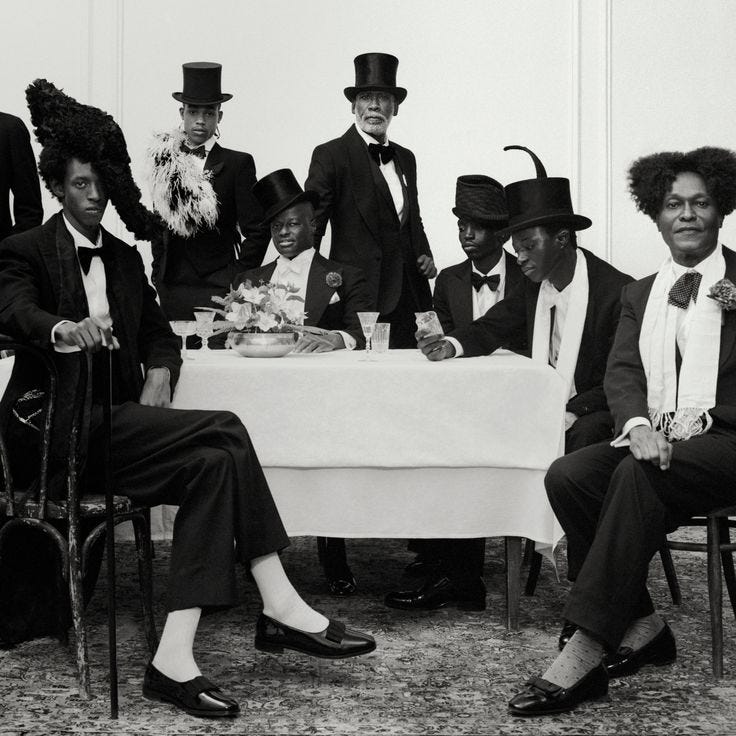

This is my favourite article so far on Soliquidas—thank you. I’ve grown up saying to my friends who dress with style, “You look dandy!” but never really appreciated where that comes from.
I also found myself reflecting on how, growing up, I had a bit of a rebellious attitude toward people dressing up for church—it felt overly focused on appearances. But I now realise that I was viewing it through my own white British lens, and not recognising how, in other cultural contexts, style—especially in religious or community settings—can be a powerful form of dignity, resistance, and identity.
Wonderfully crafted...not just a nod to presenting well externally but a posture of the heart 🙏🏿❤️